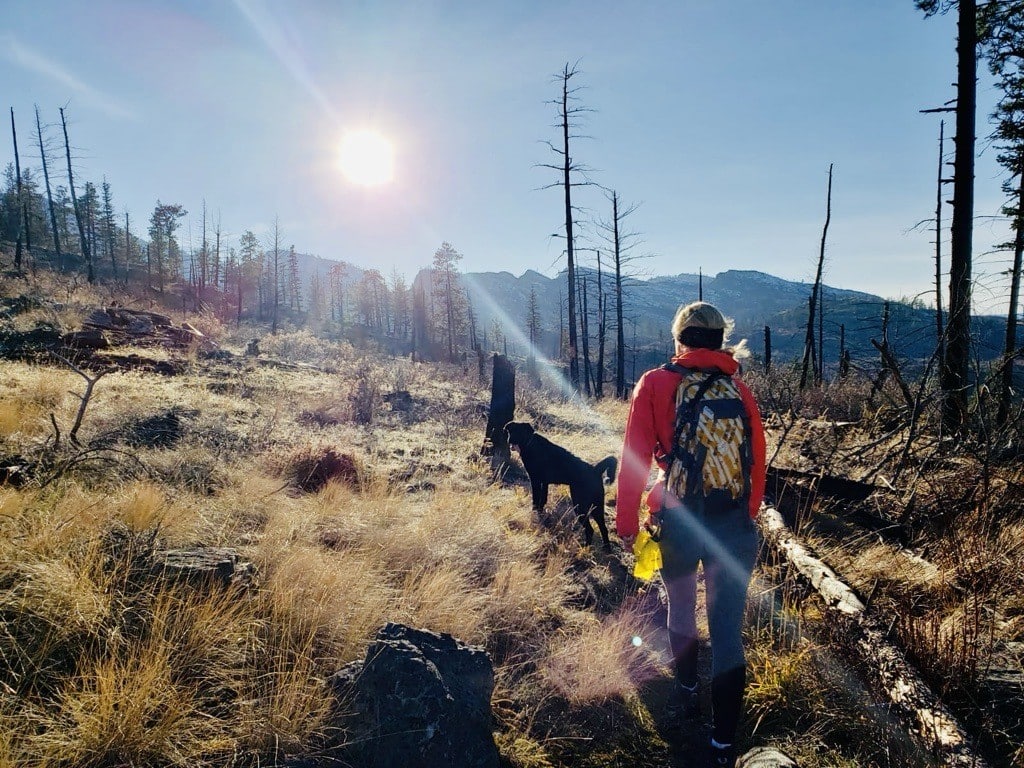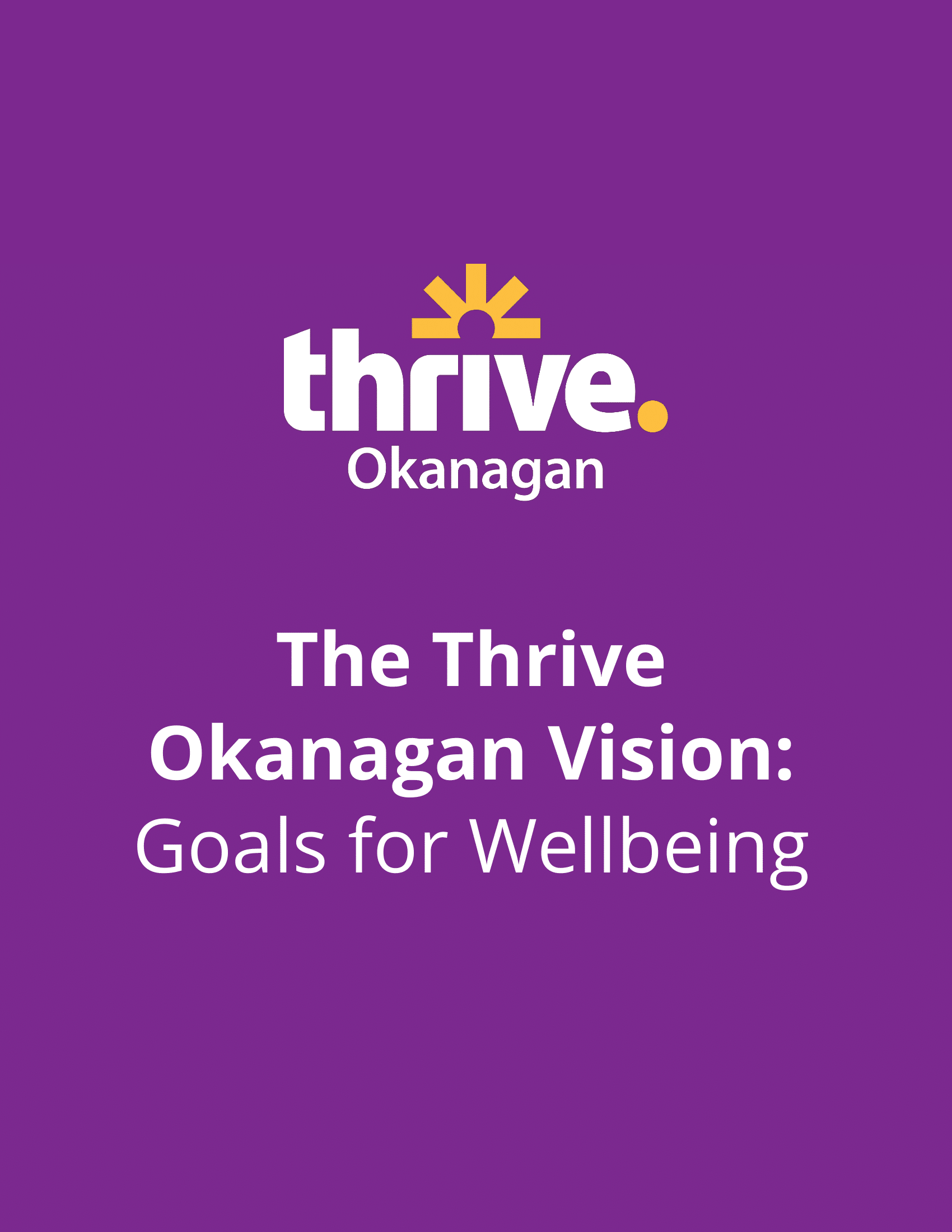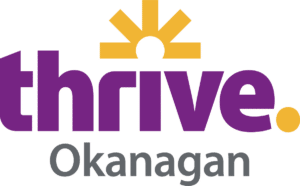
Driving preventive, system-wide solutions for health and wellbeing in the Central Okanagan.
MENTAL WELL-BEING
Going beyond basic needs.
When it comes to mental health and well-being, thriving means having access to the right support, at the right time, in a way that is both empowering and sustainable. To achieve this, we must create a comprehensive, inclusive and adaptable system that goes beyond addressing immediate needs. This way, everyone in the community can live a fulfilling and meaningful life, feel supported not only in tough times, but in their everyday journey.
Why Thrive Okanagan?
In the Central Okanagan, there are significant opportunities to improve mental health and well-being by focusing on proactive, preventive strategies. While challenges like limited access to services, rising youth anxiety and depression, and resource gaps in rural areas persist, they can be addressed through a coordinated, systemic approach. Social isolation, substance use, economic pressures, and natural disasters such as wildfires further strain the entire community, with a heightened impact on vulnerable populations including people of color, LGBTQ2S individuals, Indigenous communities, immigrants, and youth.
Thrive Okanagan recognizes that mental health and well-being go beyond treating illness and require investment in prevention. This includes addressing social determinants like housing, social connections, access to healthy food, and equitable healthcare. Currently, mental health and substance use services often react to crises rather than addressing long-term wellness. Despite increased government funding for issues like homelessness and mental illness, the challenges are worsening due to systemic fragmentation. When organizations work in isolation, they miss the opportunity to effectively address the complex, interconnected nature of mental health challenges.
By bringing partners together using a Collective Impact model, around a common agenda, backbone support, shared measurement and accountability, mutually reinforcing initiatives, and continuous communication, Thrive Okanagan launched three pilots in Year 1, completed three research projects, and developed a 16-goal Community Wellbeing framework. In Year 2, we will deepen those pilots, stand up new collaborative tables, and test our framework with early adopters to strengthen preventive approaches across our region.
THE FOUNDATION'S ROLE
The KGH Foundation is uniquely positioned to lead this initiative because we understand that good health starts with a strong foundation of mental wellbeing. In 2022 the Foundation rallied the community to raise $1.7 million to support a new kind of initiative. An initial report mapped the Central Okanagan’s mental health and substance use network through more than 30 cross‑sector leader interviews and a review of key plans. The findings revealed significant fragmentation, with many organizations working independently, along with diffuse leadership, workforce pressures and post-pandemic impacts that hinder coordinated, culturally safe care. The report offers targeted recommendations including hiring a field catalyst to bridge health care and social care by prioritising overall wellbeing and addressing root causes of mental health challenges through collaboration. Drawing on our established relationships and donor‑supported funding, the Foundation brings community efforts together, fosters collaboration and celebrates the positive changes already under way.
PROJECTS & CORE PRIORITIES
Over the past year, Thrive Okanagan has invested in several key initiatives that have moved our preventive, system-wide approach from planning into action:
- Primary Care & Immigrant Services Working Group: Our Community Catalyst convened health-care and settlement agencies to identify barriers newcomers face when accessing services. Together, we developed an action plan and secured new funding to enhance translation and navigation tools for immigrant and refugee communities.
- Indigenous Community Partnerships: Our Indigenous Field Catalyst built relationships with Elders, knowledge keepers, and Indigenous-led organizations to co-create culturally grounded recommendations. This work has laid the groundwork for more trusting, collaborative programming and will inform future mental-health initiatives.
- Community Disaster Planning Workshop: We brought over 30 leaders from government, health, emergency response, and non-profits together to map evolving resources and co-develop emergency protocols. The workshop produced a consensus-built response framework, new resources, and a coordinator network ready to activate in future crises.
- Goals for Wellbeing Framework: Guided by a community-led steering committee of 20+ organizations, we created a 16-goal framework across Social & Cultural, Health & Social Care, Built & Natural, and Economic & Work environments. This shared agenda aligns partners around clear, actionable, well-being objectives.
- Research Projects
- Youth Mental-Health Resilience Sector Review & Summit – Conducted 42 interviews across 28 organizations to identify gaps in belonging, safe spaces, and family supports, leading to a Youth Summit that informed targeted prevention pilots. (Appendix A & B, Appendix C)
- Intimate Partner Violence (Child-Centred Perspective) – Participatory research with families and sector partners produced a gap analysis and prototype models for culturally responsive support pathways.
- Youth Dating Violence Literature Review – Synthesized global evidence on technology-facilitated harm and recommended peer-education and community-led prevention strategies.
- Physical Literacy Collaborative Table: This group is working to convene educators, recreation leaders, health professionals, and community groups to form the new Physical Literacy Working Group. This group will co-design strategies and subgroups to integrate movement and play into everyday settings such as schools, parks, and workplaces and develop shared metrics to track participation, confidence, and long-term well-being outcomes across the age span.
- Backbone Support for the Central Okanagan Food System Collaborative: Building on existing momentum, a Thrive Okanagan Community Catalyst will continue to facilitate coordination among farmers, food banks, commercial partners, and distribution agencies, recognizing that reliable access to nutritious food is a core determinant of mental and physical well-being. We will support pilot projects, such as surplus gleaning, mobile market initiatives, and community food hubs.
- Pilot the Goals for Wellbeing Framework: Several key organizations and departments will apply the 16-goal framework in their own programs. Thrive Okanagan will work side by side with partners spanning social services, health care, recreation, and economic development to co-create measurement tools, collect baseline data, and run rapid-cycle learning sessions. Insights will guide refinements before a broader roll-out and application of the Framework in Year 3.
- Deepen Relationships and Strengthen Governance: As Thrive Okanagan enters its second year, deepening relationships and strengthening governance remain core priorities. Year Two will focus on investing in intentional, inclusive collaboration that fosters trust, mutual understanding, and a shared purpose among system partners. Parallel to this, we are researching and piloting governance models, such as consensus-based, solution-seeking tables that embed shared leadership, place-making, and capacity multiplication at their core. A resourced and sustainable convening structure will support relational abundance in our networks, ensuring decision-making processes are co-created, transparent, and grounded in mutual accountability.
LEARN MORE
Explore detailed reports and tools to learn more about our work and access the data driving Thrive Okanagan’s impact:
A comprehensive summary of Year 1 achievements, pilot outcomes, research findings, and our developmental evaluation.
The full 16-goal, community-led framework, complete with indicators and guidance on measurement and action across Social & Cultural, Health & Social Care, Built & Natural, and Economic & Work environments.
OUR VISION
Thrive Okanagan envisions a future where every member of our community enjoys vibrant mental and physical health, strong social connections, and equitable access to the resources they need to thrive. We aim to be a leading force in creating a well-coordinated system where services, organizations, and partners work together seamlessly. By fostering a supportive, inclusive, and resilient community, we prioritize well-being for all and ensure that every individual receives the comprehensive support they need to thrive.
In five years, Thrive Okanagan’s success will be reflected in:
- Integrated network: Thrive Okanagan will be supporting a seamless, collaborative network of organizations bridging health and social care, focusing on all life stages, including youth, seniors, and specific communities.
- Equitable Accessible mental health and well-being resources will be available for all, emphasizing cultural safety and inclusivity to meet diverse needs.
- Enhanced resilience: The Central Okanagan community will be better equipped to handle economic shifts, public health issues and social inequities, because of the presence of a strong culture of collaboration, empathy and support.
- Celebrated success and learning: Thrive Okanagan will serve as a hub for sharing knowledge, best practices, and innovative solutions, driving continual improvements in well-being.
- Visible impact: Measurable advancements in key well-being indicators, as outlined by a Community Well-being Report Card, including better mental and physical health, stronger social connections, and improved economic and social conditions.
STAY UP TO DATE ON ALL THINGS THRIVE
Subscribe
MENTAL HEALTH CARE
Latest Stories

Record-Breaking Parade With a Purpose
A favorite holiday tradition, Parade with a Purpose presented by Rite-Way Fencing, is set to light up Downtown Kelowna, December 6.

The Healing Power of Music
Learn how innovative music therapy at Kelowna General Hospital is transforming patient recovery and mental health.

Planting the Seeds of System Change
Thrive Okanagan facilitates multi-sector collaboration in support of mental health and community well-being in the Central Okanagan.
HELP IS AVAILABLE
Mental Health Resources
If you or someone you know is struggling with mental health, support is available:

